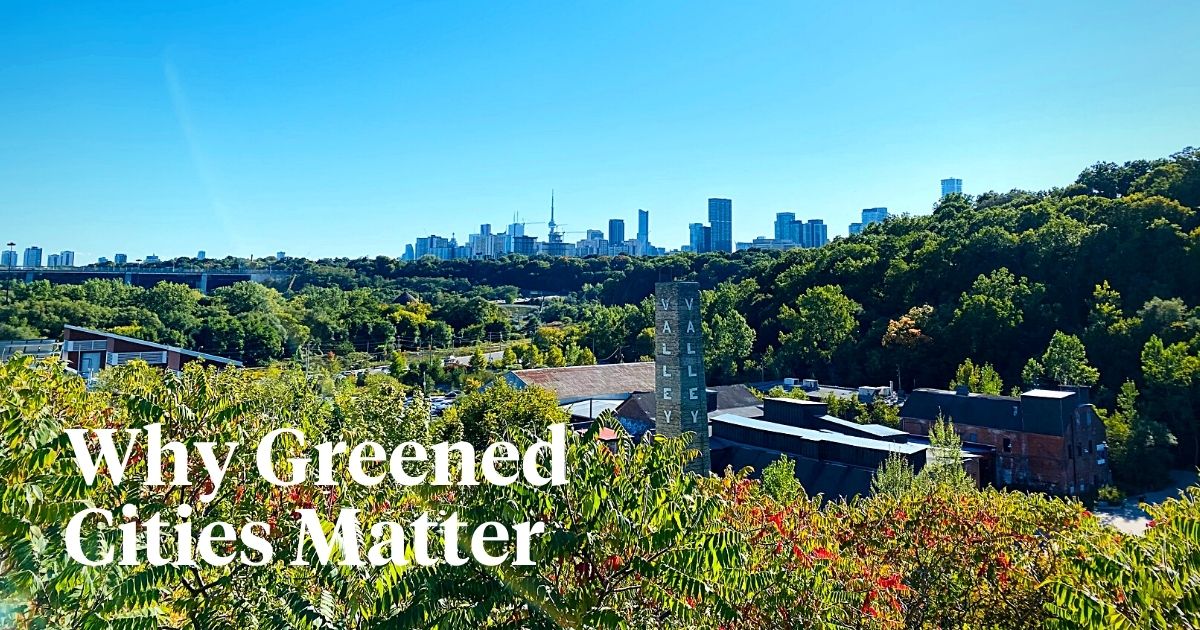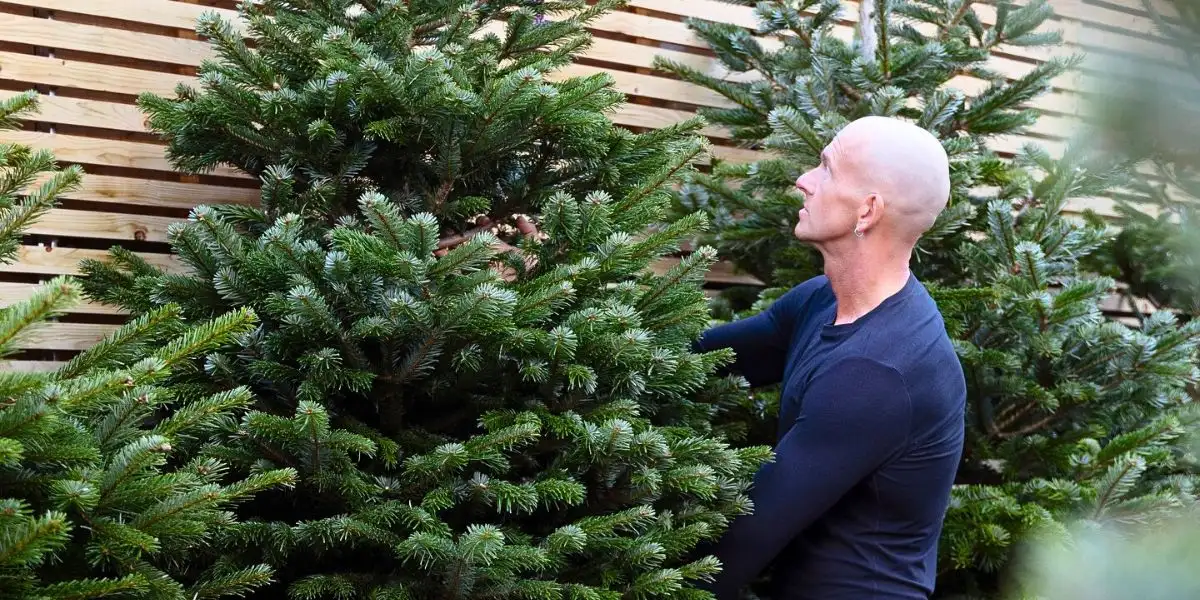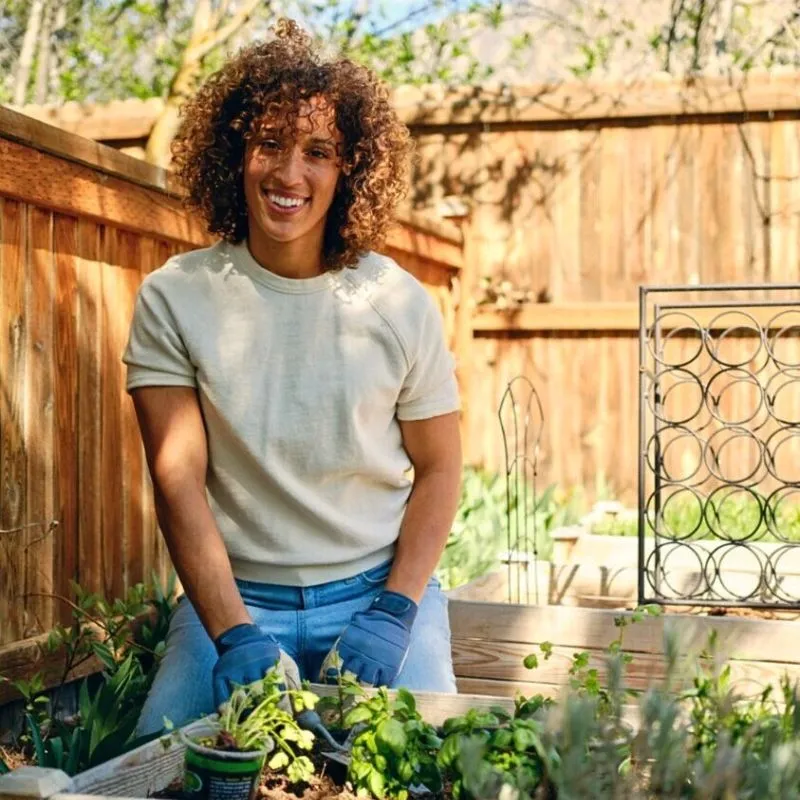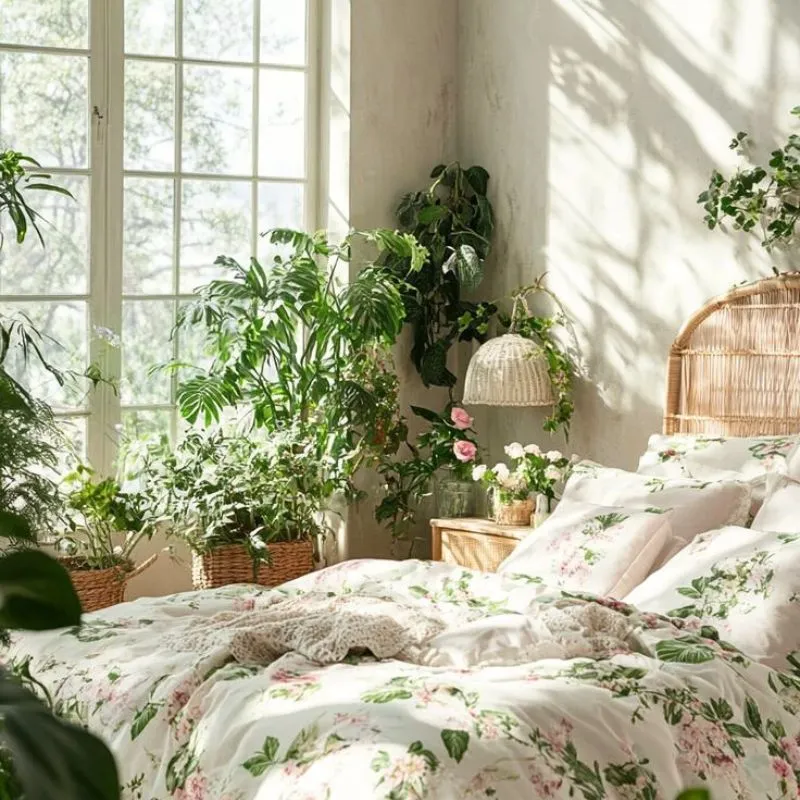It doesn’t take much to appreciate that nature is so beautiful and still yet so calming and soothing. Just look around - and experience it - the countryside and other places not yet touched by the influence of urbanization and its concrete, glass, and steel structures. The feeling is definitely unbeatable. It, for many, would even make little sense to trade this experience with life in cities.
Picture this: a cityscape devoid of greenery, monotonous rows of concrete, steel, and glass stretching as far as the eye can see. This is an image that often epitomizes urban environments today. Yet, while these structures symbolize progress, on the other hand, they also symbolize a disconnect from the natural world. A disconnect that carries consequences for physical and mental well-being.
The Inherent Link Between Nature and Humanity
Towering skyscrapers, bustling streets, and the everyday hum of modern are almost emblematic of urban areas worldwide, all of which, without a doubt, means numerous benefits, but also pose challenges such as increasing detachment of urban dwellers from nature.
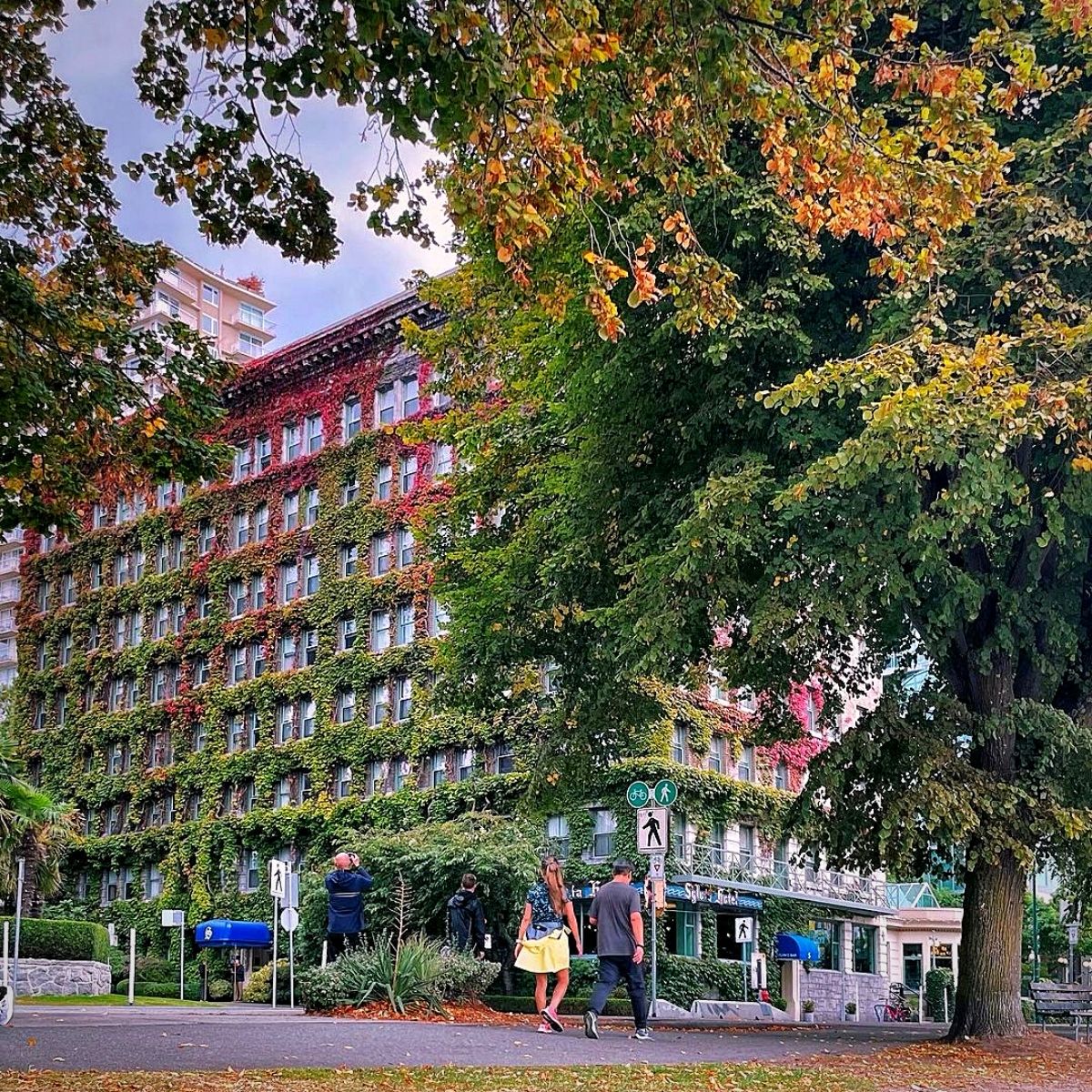
And now that urbanization is virtually inevitable, perhaps the most viable solution to the mess would be to integrate the elements of nature into the existing cityscapes. In essence, as concrete jungles expand, there is an urgent need to reevaluate our approach to urban development.
The incorporation of trees, plants, and other greenery in every facet of urban planning is not only aesthetically pleasing but also essential for our well-being and the sustainability of our ever-growing urban areas and cities.
The concept of human-nature connections has an innate link to the natural world dating back to our origins. As urban dwellers, we often find solace in parks, gardens, and green spaces, from where we seek respite from the hustle and bustle of city life.
Research has shown that exposure to nature reduces stress, improves mental health, and enhances overall well-being, which means that by adding greenery into urban environments, we create spaces that give sanctuaries to a serenity that promotes happiness, productivity, and a sense of connection with nature.
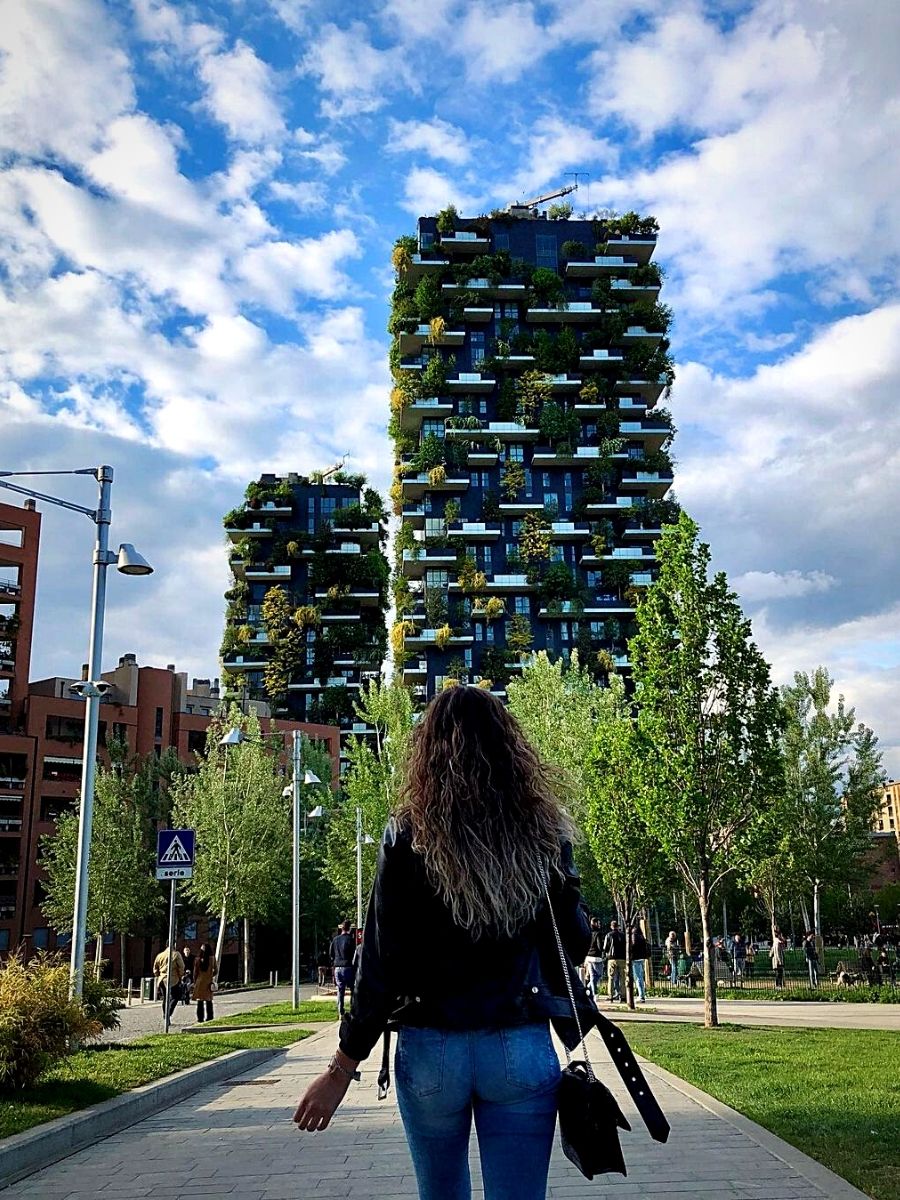
Stig Lennart Andersson, a Danish landscape architect, and also the founder, and creative director of SLA, a renowned nature-based design studio in Copenhagen, which is an interdisciplinary organization focused on landscape, urban spaces, and urban planning, cites numerous benefits of nature in urban development in the book titled Think Twice - Alternatives to Lynetteholmen (Danish title: 'Tænk Os Om – Alternativer til Lynetteholmen').
Most cities, he opines, are built without a real planning strategy that incorporates both the essence of human interaction and nature’s values. And in the end, people always find themselves secluded in their own urban worlds, where pollution remains massively impactful to climate change. It all seems, for that matter, that the sole driving force behind today’s urban development is to make maximum profit and hardly a genuine aspiration to create sustainable and mixed cities, even though these are the ideals fronted when the idea of urban development is conceptualized.
Accordingly, there is a need to change the existent urban development strategies to create better conditions by instilling a nature-based approach that incorporates nature itself, while learning from its processes.
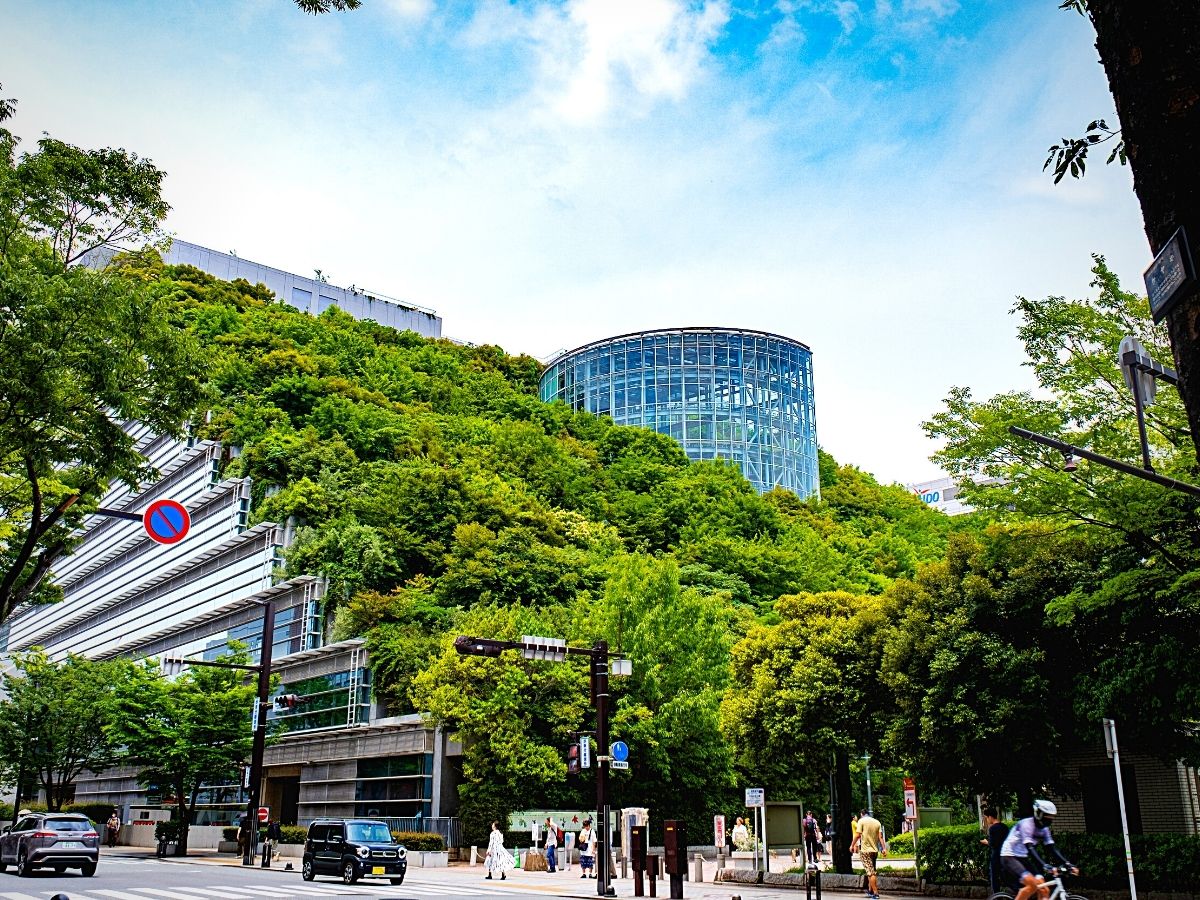
This can be achieved using the numerous already existing natural ecosystem services in city nature to help solve most of the present urban problems, then measuring the quality and success of city nature, which can be done by assessing its performance in relation to social, aesthetic, biological, and rational values. Applying these performance criteria ensures an urban design that is all-inclusive.
Nature and Urbanization Debate - What Do Green Plants Bring to the Table?
Beyond the obvious positive impacts on our well-being, nature and green plants in urban development offer a multitude of environmental benefits. Trees, for instance, act as natural air purifiers, filtering pollutants and producing oxygen. They also help mitigate the urban heat island effect by providing shade and reducing surface temperatures.
Additionally, green spaces are carbon sinks that absorb and sequester carbon dioxide, thus mitigating the effects of climate change. In that respect, integrating nature into urban planning and development helps build sustainable sites that are not only visually appealing but also environmentally responsible.
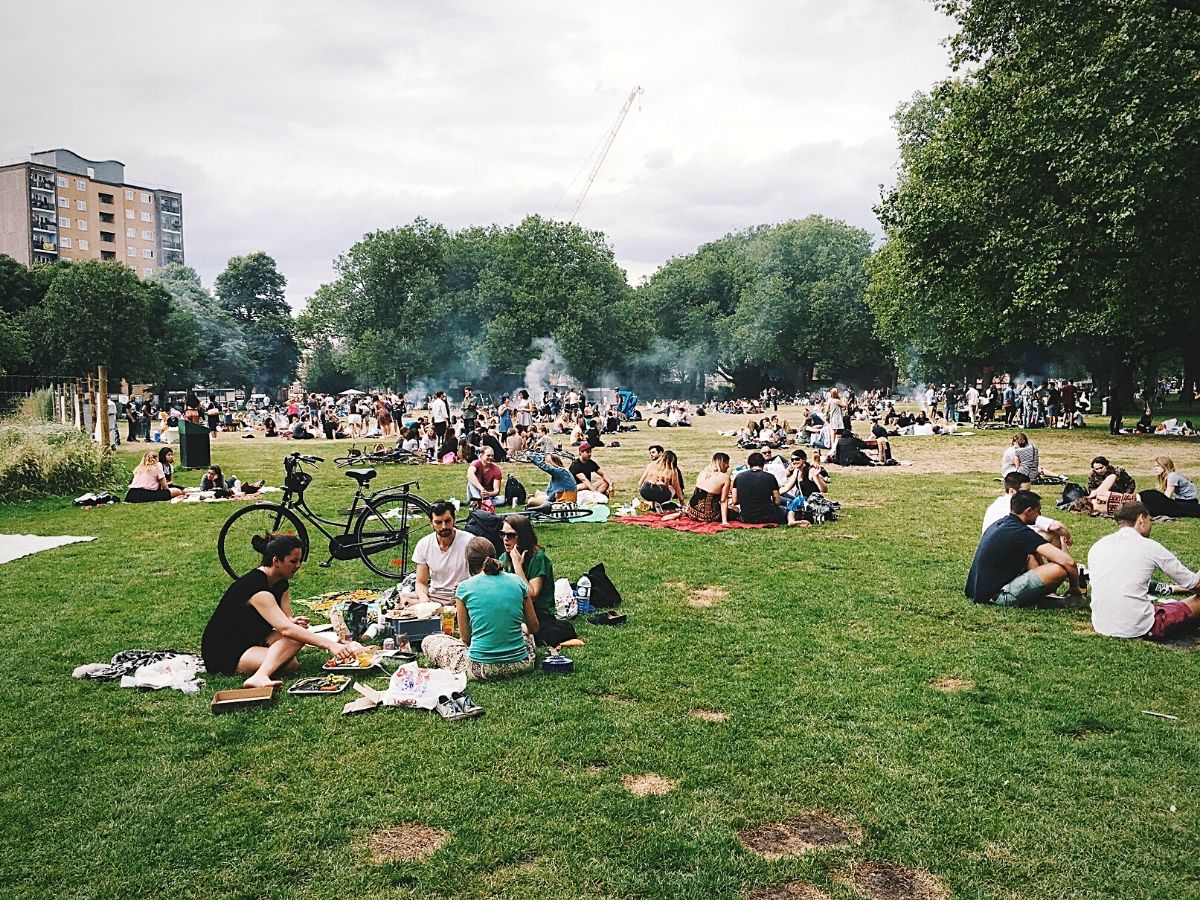
While urbanization also leads to the fragmentation and destruction of natural habitats and threatens biodiversity, incorporating green spaces into urban planning creates corridors for wildlife, promoting ecological connectivity and preserving biodiversity. Urban parks, rooftop gardens, and vertical forests can, for instance, provide refuge for a variety of plant and animal species and reintroduce pockets of nature into our oft-concrete-dominated urban and city landscapes.
We all know that cities are notorious for their microclimatic challenges, such as the urban heat island effect and increased air pollution. However, trees and vegetation strategically incorporated in these urban places can mitigate such issues. Trees, for instance, provide shade, reducing the need for air conditioning and lowering energy consumption. They also intercept rainfall, reducing stormwater runoff and the strain on urban drainage systems.
Green roofs and living walls, on the other hand, insulate buildings, reducing heat transfer, and improving energy efficiency. All these go into demonstrating the power of nature in creating more sustainable and resilient urban environments.
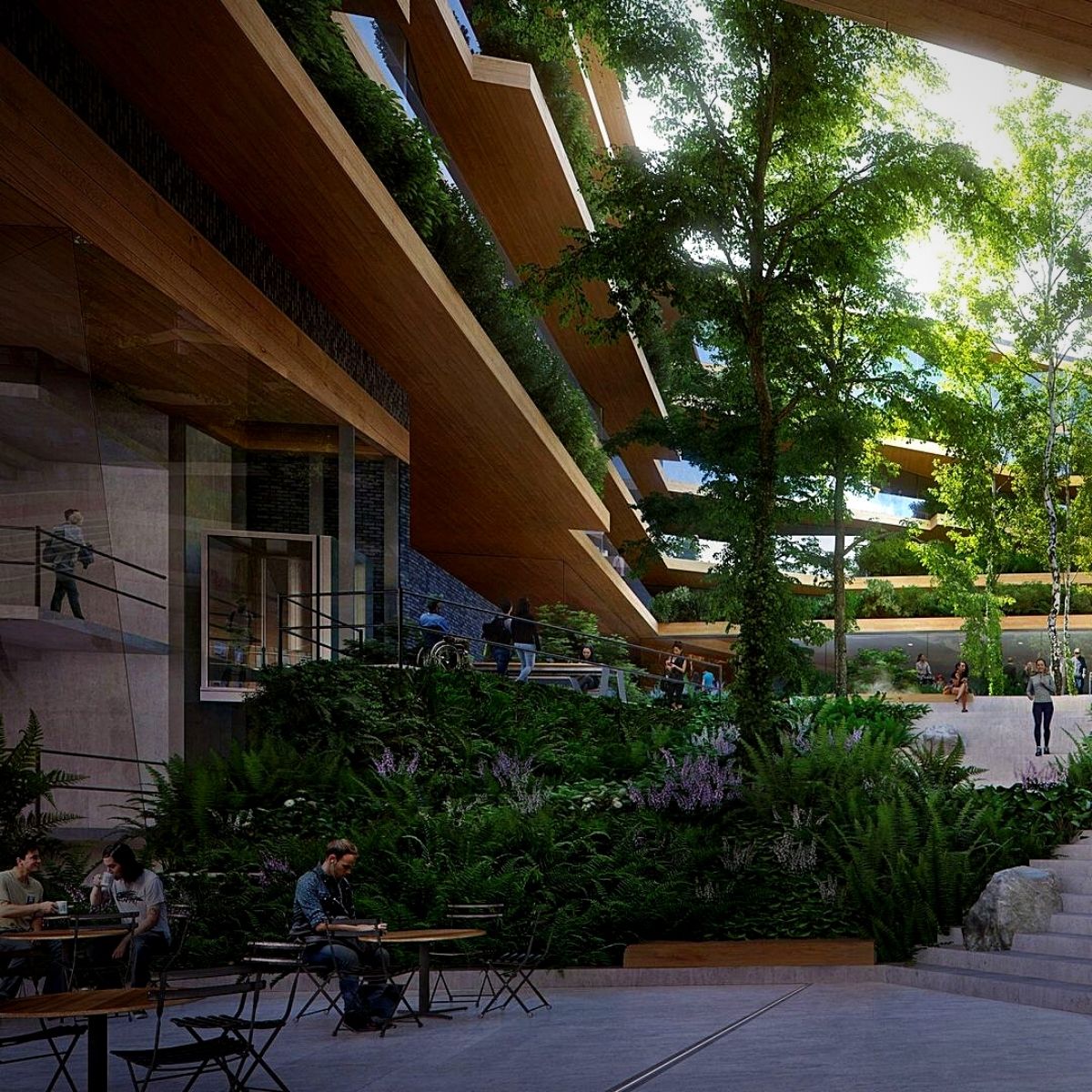
Moreover, the ideals of community engagement and social cohesion can be enhanced by nature in our cities. Instead of the secluded lives that most people in cities live, parks and green spaces become gathering points for social interactions, encouraging physical activity, and promoting a sense of community.
This is where community gardens come in handy. They provide opportunities for shared learning, urban agriculture, and the cultivation of local food sources, creating inclusive and vibrant neighborhoods that enhance social connections and quality of life for all residents.
What Is Required in Urban Development Planning to Have Idyllic Nature-Infused Cities?
Incorporating green spaces into existing cities requires careful planning and consideration. To begin with, a comprehensive assessment has to be conducted. This is done through an assessment of the existing cityscape and identifying potential areas for green space integration. Consider underutilized land, vacant lots, rooftops, road medians, and existing parks that can be expanded or renovated.
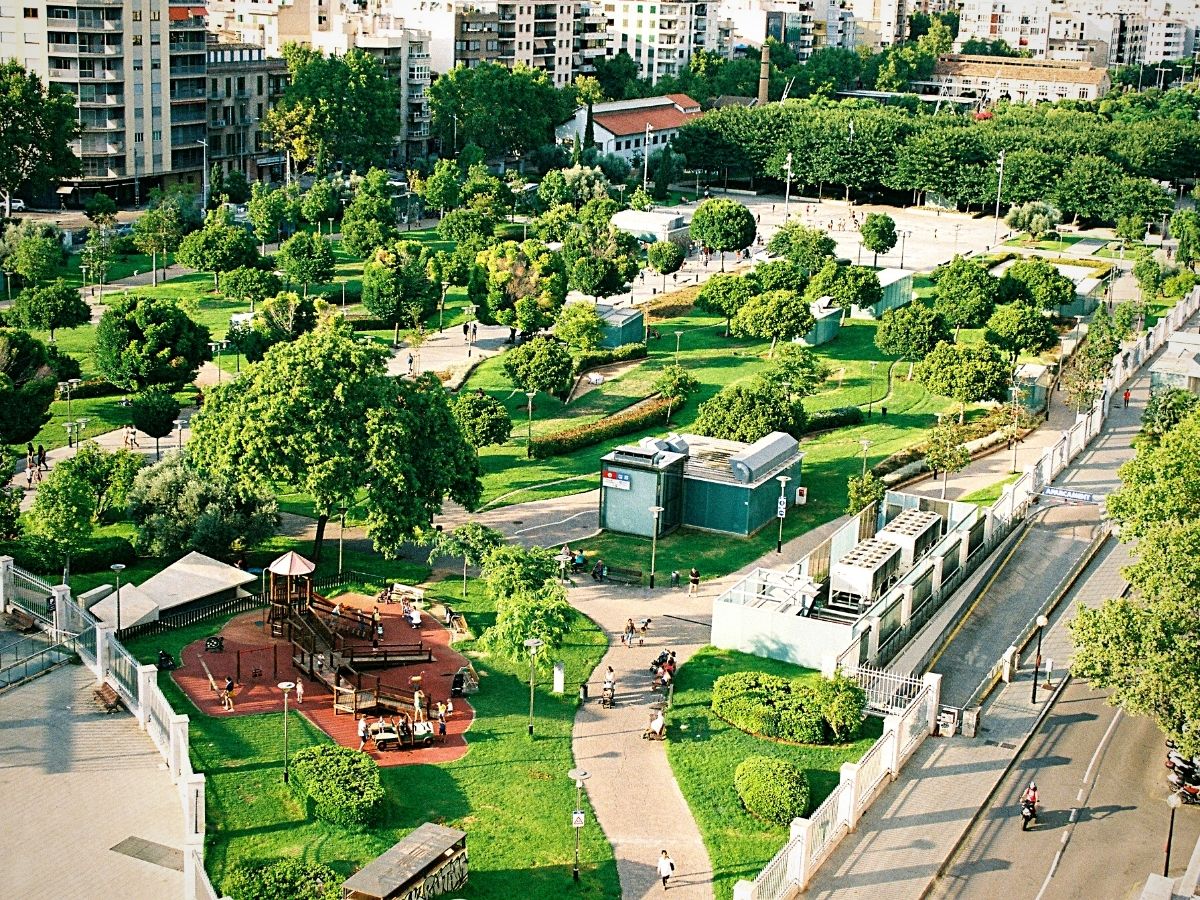
In the course of this, prioritize connectivity. Aim to create a network of interconnected green spaces throughout the city to maximize accessibility and encourage pedestrian and cyclist movement. This can include establishing green corridors, pedestrian-friendly pathways, and bike lanes that link various parks, gardens, and recreational areas.
There is also a need to utilize vertical greenery. This is where we explore the potential for vertical greening by incorporating living walls and green facades on buildings. Vertical gardens not only enhance the aesthetic appeal of structures but also provide additional green space within limited urban footprints.
There are, definitely, previously existing parks and open spaces in cities. We can evaluate them to determine how they can be enhanced and optimized. In these parks, there can be introduced more trees, shrubs, and flowering plants to increase biodiversity and create shaded areas. Then incorporate amenities such as seating, playgrounds, and sports facilities to cater to diverse community needs.
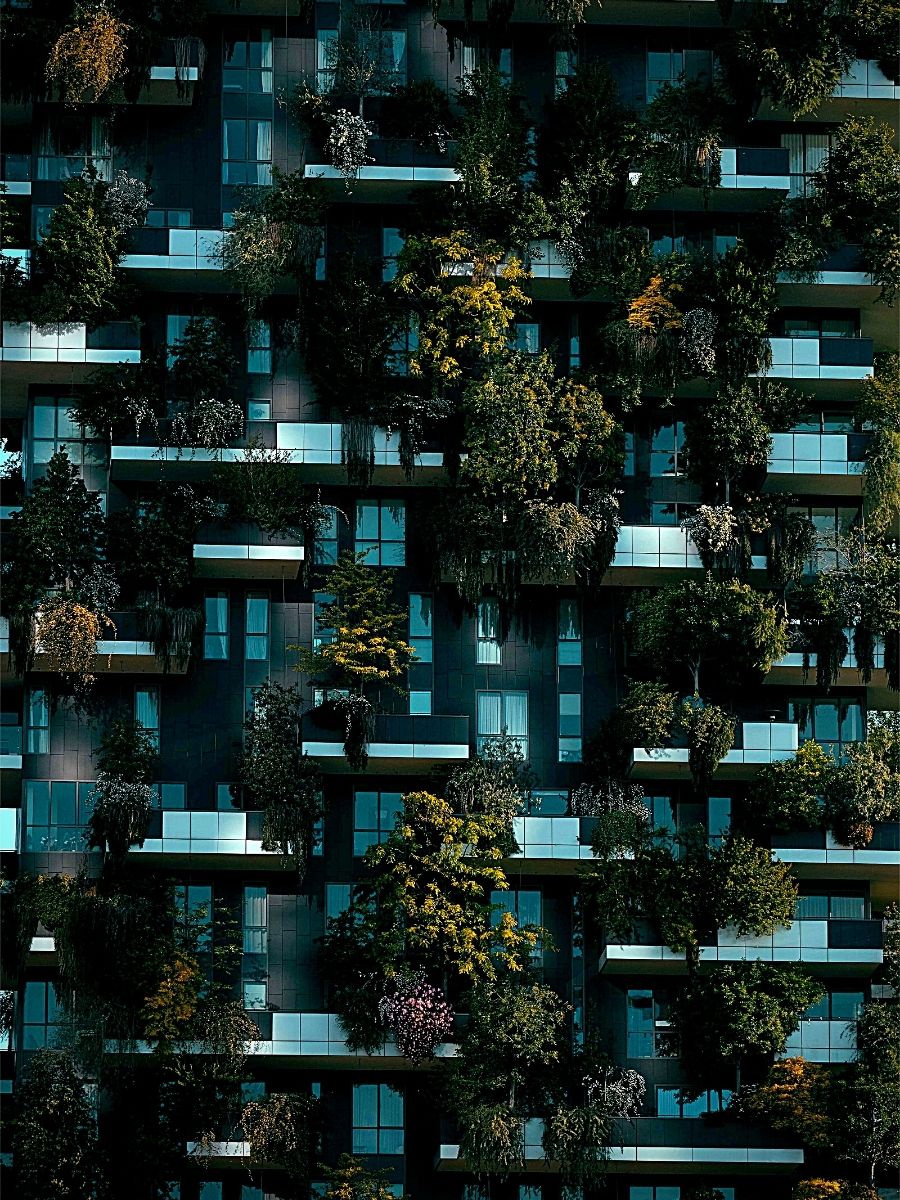
Underutilized or abandoned spaces can also be transformed into vibrant green areas. This can involve converting vacant lots into community gardens, creating pocket parks in small spaces, or repurposing disused infrastructure for green and recreational purposes.
Then, integrate green infrastructure such as green roofs and rain gardens. Green roofs provide additional verdant spaces while improving energy efficiency and reducing stormwater runoff, while rain gardens help manage the stormwater, filtering pollutants and replenishing groundwater.
Also, encourage community gardening projects that allow residents to actively participate in cultivating green spaces while building a sense of social cohesion. This ought to be accompanied by education and advocacy to promote awareness about the benefits of urban greenery and how citizens can engage in the processes leading to more green-focused policies and practices.
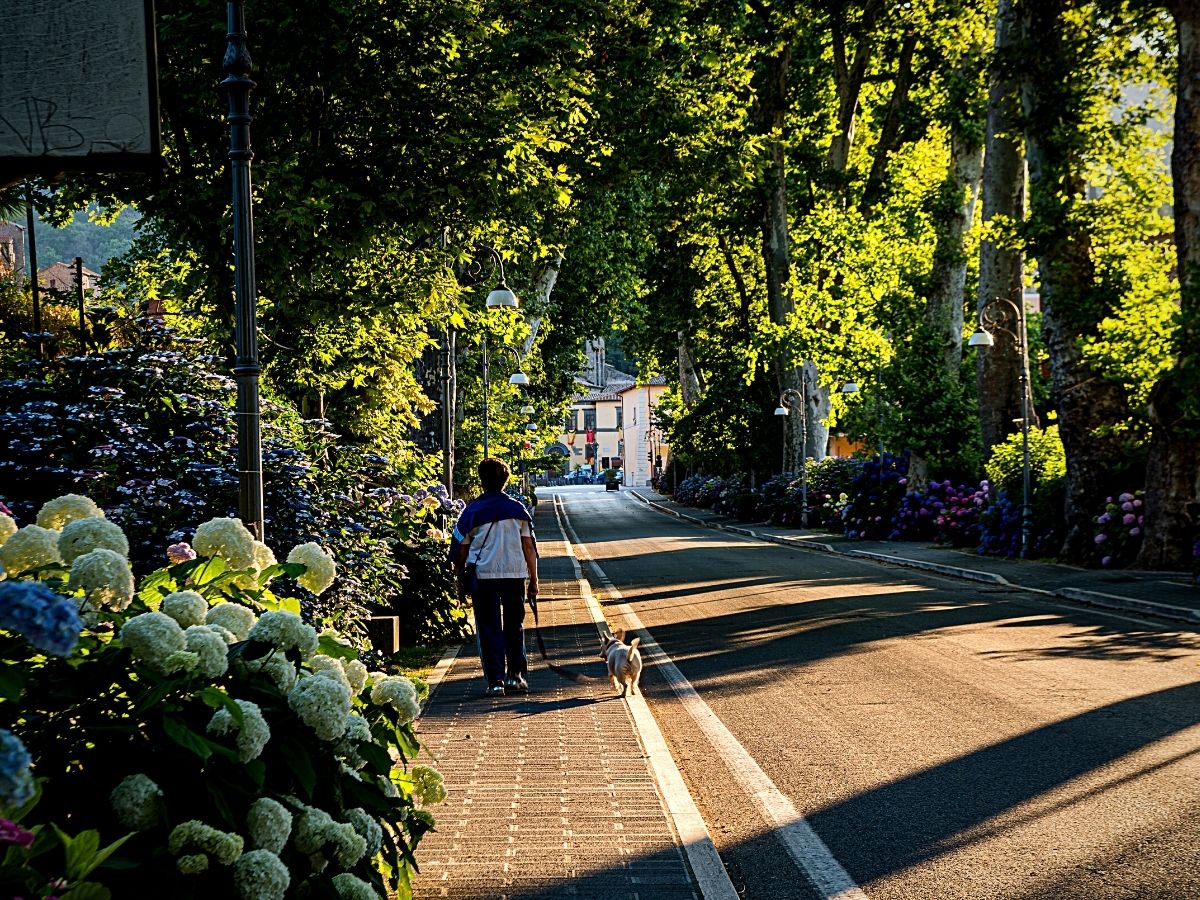
In all these processes, engage with, and involve local communities and stakeholders in the planning and design process. Consult with residents, community groups, and experts to ensure that the green spaces reflect the needs and aspirations of the people who will use them. Encourage community involvement in the maintenance and stewardship of these spaces.
The design of these green spaces and their maintenance should be based on sustainable practices. For instance, you can implement water-efficient irrigation systems, utilize native and drought-tolerant plant species, and minimize the use of chemical fertilizers and pesticides. This reduces environmental impact and promotes long-term sustainability.
Similarly, these developments need collaborations with different government agencies, private developers, and non-profit organizations to leverage their resources and expertise. Such public-private partnerships can facilitate the creation and maintenance of green spaces, ensuring their long-term viability.
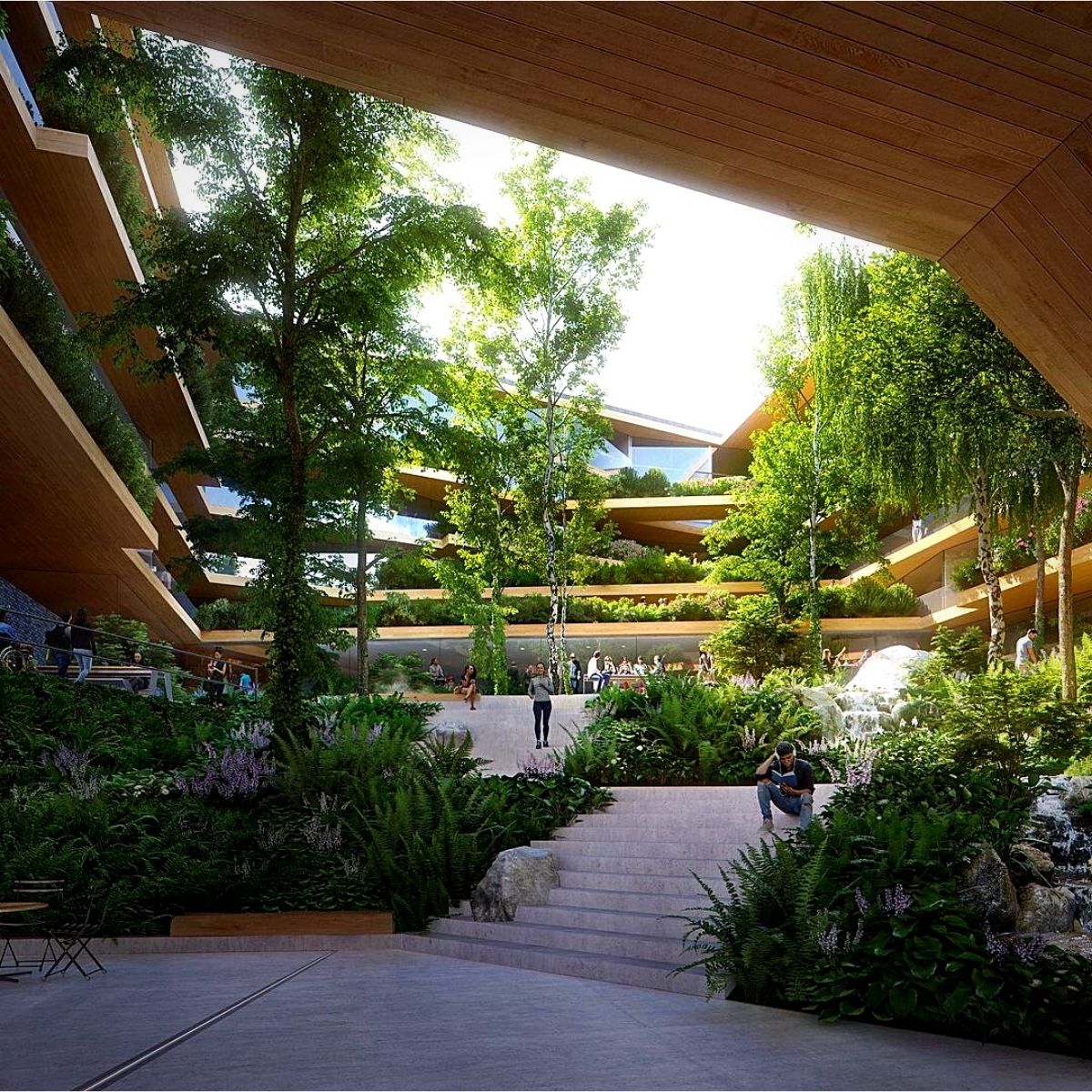
After doing all these, continuous monitoring and evaluation of the performance and impact of green spaces on the urban environment and community well-being is necessary. This data informs future decision-making and helps refine urban planning strategies.
So, Do Green Plants Matter in Urban and City Planning?
A sure answer would be yes they matter. They form the crux of all planning of city and urban developments. What would urban spaces and cities feel like without verdant vegetation? Pretty much like scenes in post-apocalyptic backdrops.
This is definitely why it is crucial to recognize the inherent importance of nature in urban development. Having trees, plants, and greenery in our cities creates sustainable, livable environments that in the end benefit both humans and the planet.
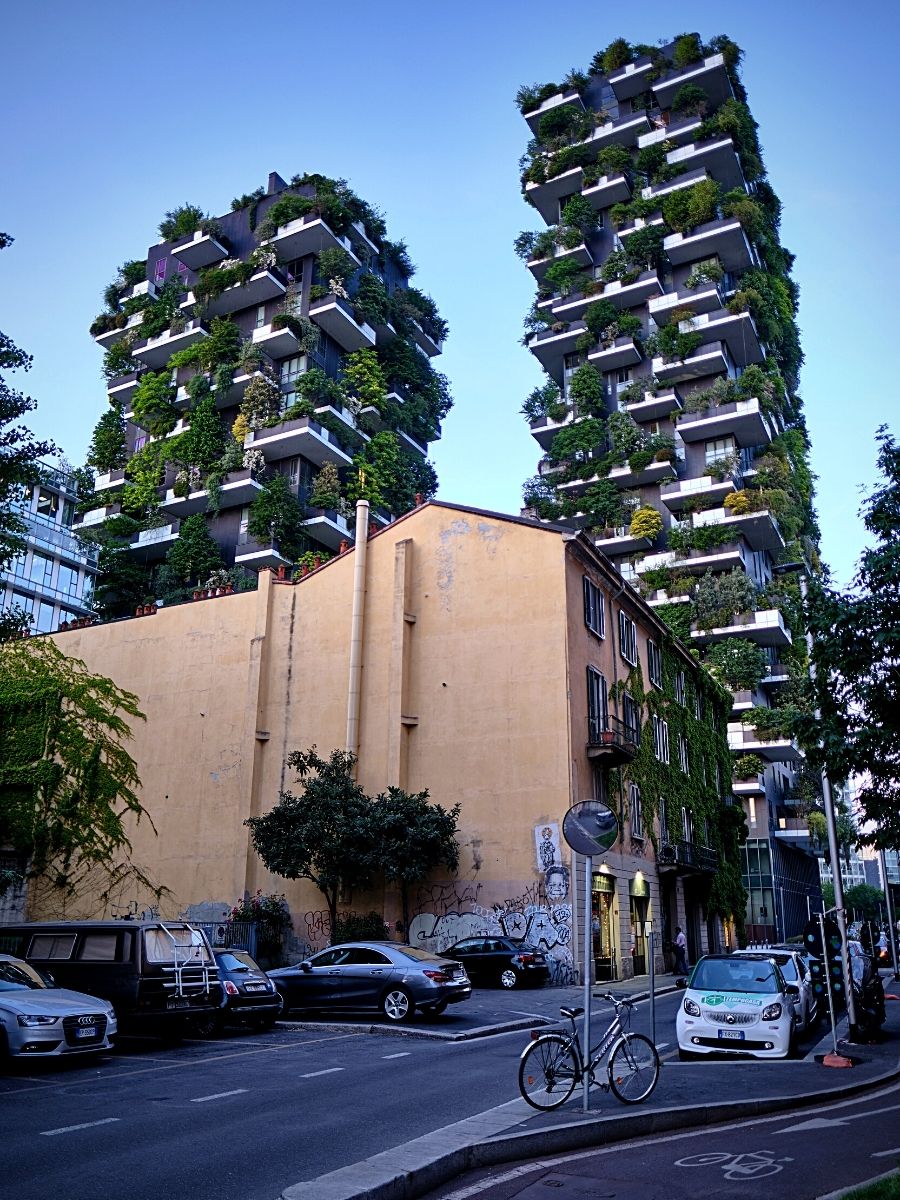
As urban environments continue to reshape our world, the inherent importance of trees, plants, and greenery cannot be overstated. There must be a steadfast commitment to incorporate nature into every aspect of this development since plants and vegetation in general, are not merely decorative elements but essential components that contribute to the health, happiness, livability, and sustainability of our cities.
Feature image by MARTINOPHUC on Pexels, header image by Quy Tran on Unsplash.

